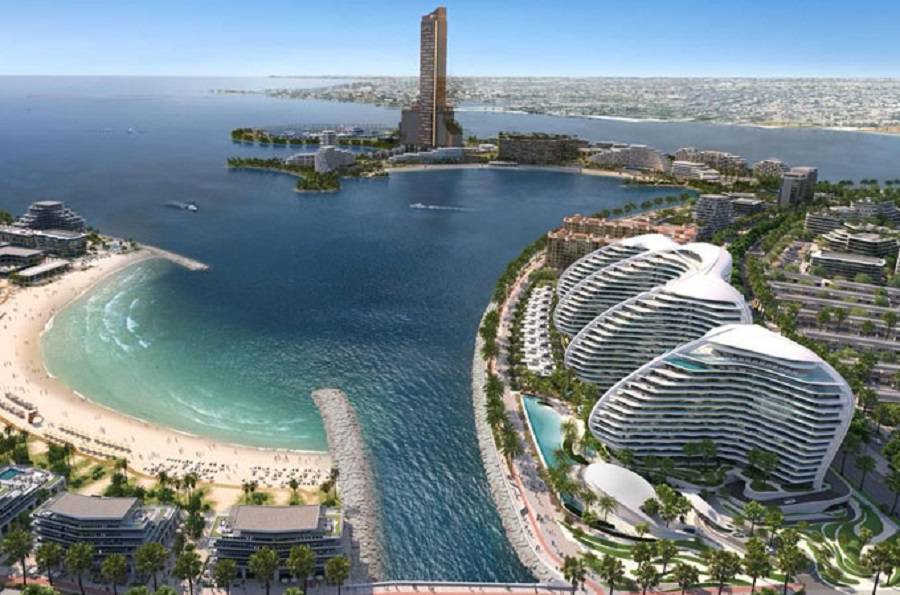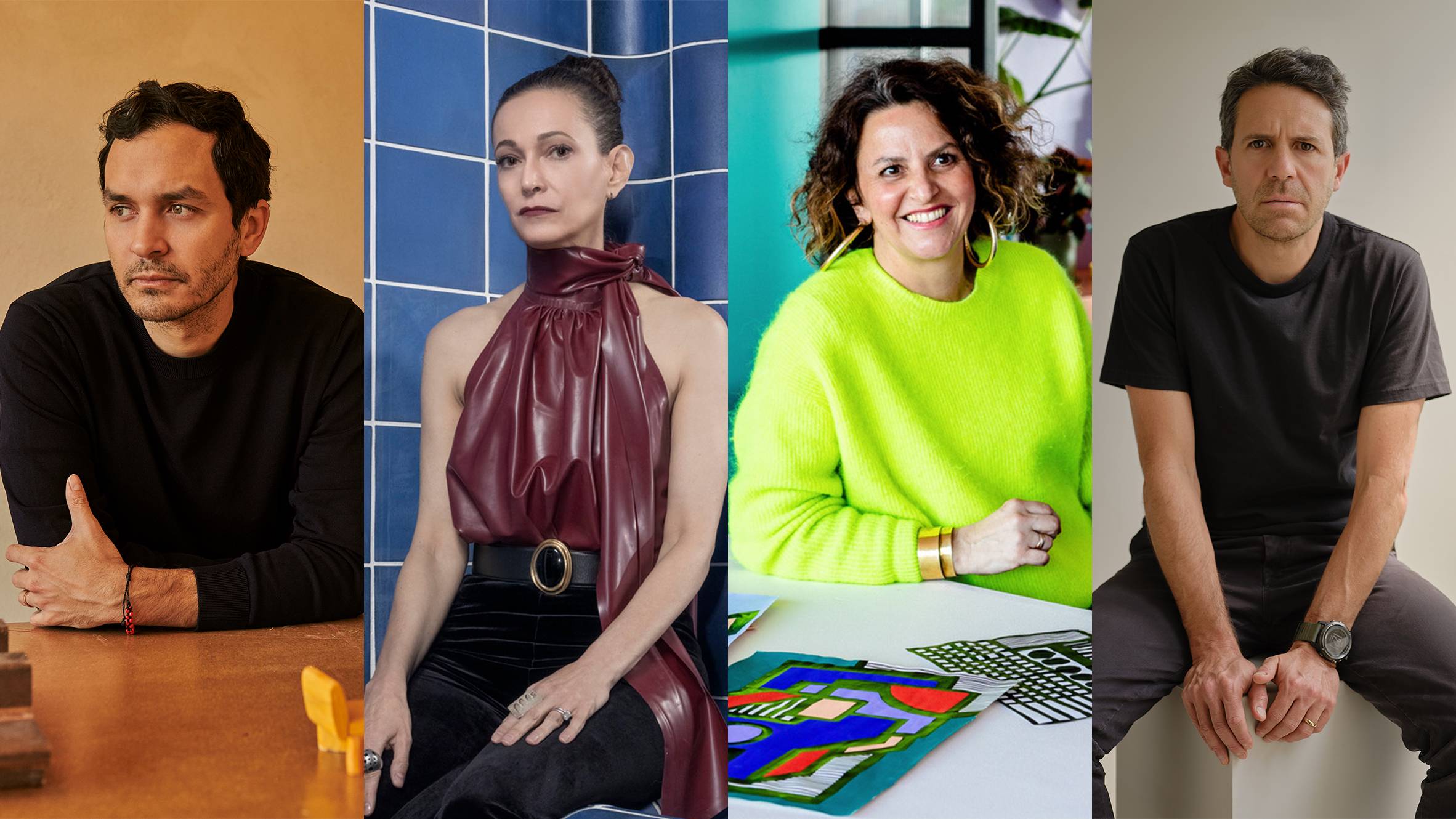Historical design methods for warm climates
In the era prior to air conditioning and double-glazing, architects operating in warm climates had to employ some ingenuity. In regions like the Middle East, North Africa, and parts of southern Europe, builders embraced the heat rather than resisting it. They constructed thick walls using mud brick or stone to absorb solar heat during the day and gradually release it at night—essentially nature’s thermal mass, requiring no electricity bill.
A notable technique was the courtyard house. These elegant structures featured internal courtyards that developed a microclimate, naturally cooling the home through shade and cross-ventilation. Introduce a bit of water, such as a fountain or small pool, and you achieve passive cooling that could rival any modern HVAC system.
Additionally, the simple verandah—an Australian staple with ancient origins—played a vital role. In warm areas from India to North Africa, wide overhangs and shaded pathways were essential for keeping indoor spaces cool and preventing sunburns. Moreover, building orientation was important, as structures were designed to minimize direct sun exposure while capturing prevailing breezes—smart, right?
Traditional Persian architecture elevated this concept with windcatchers, or badgirs—tall, chimney-like structures that directed air into the home. Imagine a reverse exhaust fan that genuinely functions. Similarly, in the American Southwest, Indigenous communities utilized the landscape itself, applying earth-sheltered methods to maintain temperature throughout the year.
These time-honored techniques were not solely for survival—they were about comfort, sustainability, and harmonizing with nature rather than overriding it. A valuable lesson for contemporary architects grappling with the challenges of climate change.
Current architectural advancements for extreme heat
Today, architects continue to tackle the heat but equipped with a wider array of tools. In areas like Arizona, where summer temperatures can turn the pavement into a frying pan, designers are adopting advanced solutions that merge intelligence with sustainability. We’re talking about dynamic facades that adapt to the sun, highly insulated building exteriors, and materials specifically designed to reflect heat like a sun-drenched beach.
A standout strategy is the implementation of phase-change materials that absorb and release heat as they transition states—think of it as a thermal cooler built into your walls. Combine this with smart glazing that automatically adjusts tinting based on sunlight, and you’ve got a building that almost thinks independently. Impressive for a structure without a mind of its own.
Passive solar design remains robust, now enhanced with modeling software that can simulate airflow and solar gain with remarkable accuracy. Architects can craft overhangs with pinpoint precision, ensuring the perfect amount of shade in summer and sunlight in winter. It’s akin to giving your building a pair of sunglasses that know when to remove them.
Green roofs and vertical gardens are also making a significant impact. They not only provide insulation and minimize heat absorption, but they also infuse a bit of nature into the concrete landscape. Seriously—who wouldn’t want a rooftop lawn during a heatwave?
On the more technical side, some initiatives are testing AI-controlled ventilation and cooling systems that adapt in real-time based on weather conditions and building occupancy. It’s not exactly science fiction, but it’s getting pretty close. And true to Australian innovation, there’s an increasing trend to integrate solar panels not just on rooftops but into the very materials of the structures—transforming every surface into a possible power generator.
Modern architecture in warm regions isn’t merely about combating the heat—it’s about smarter design, minimizing energy usage, and creating buildings that don’t just endure the climate, but flourish within it. And if they manage to look good while achieving that? Well, that’s simply the cherry on top.

